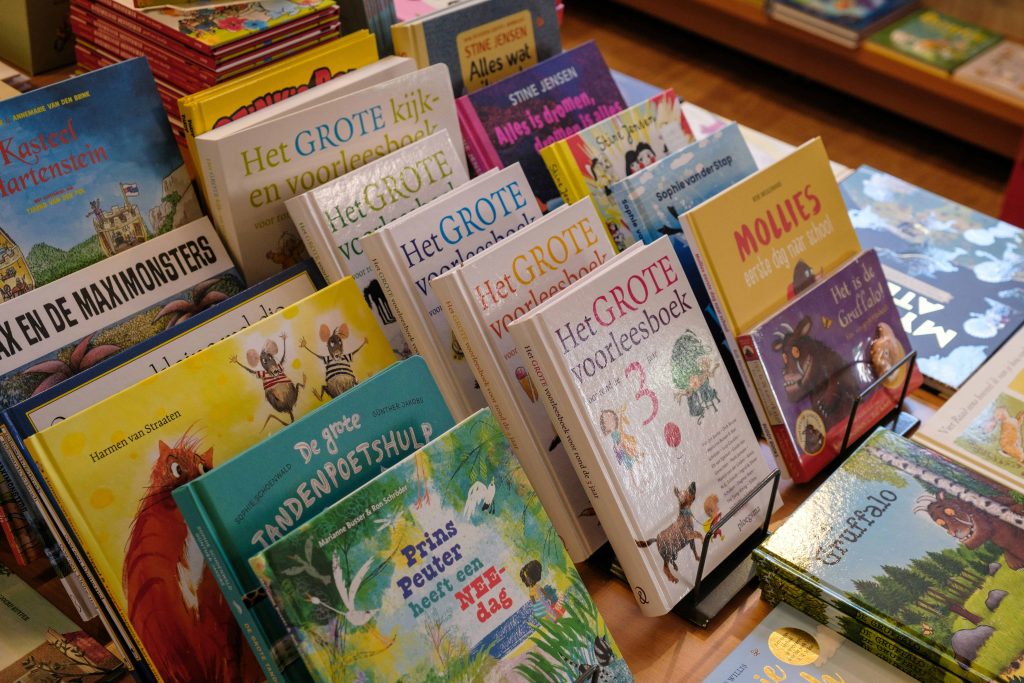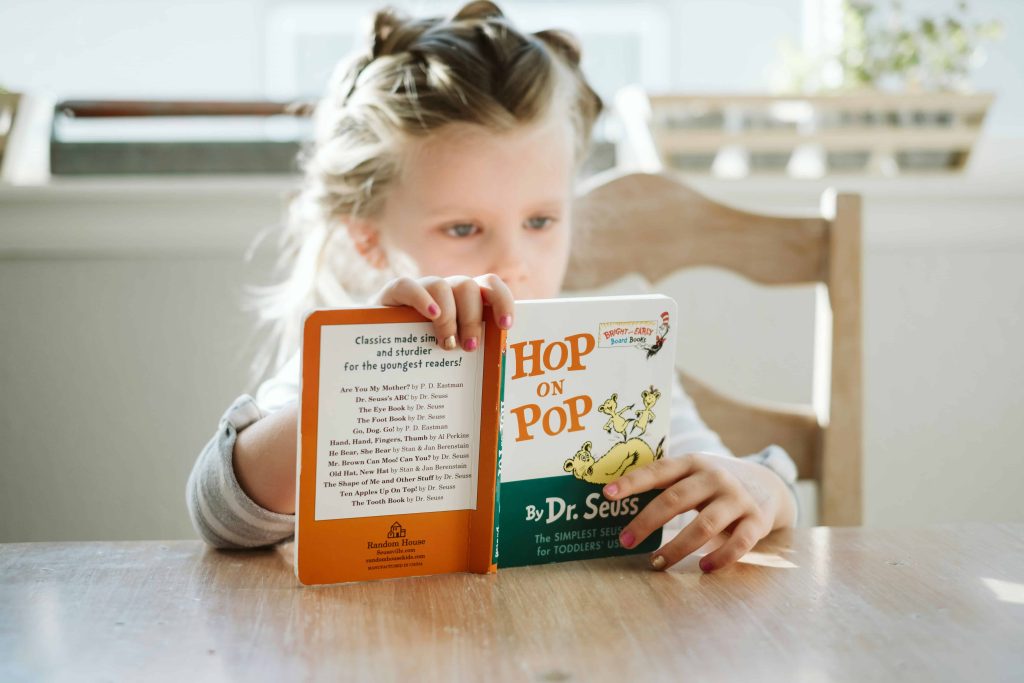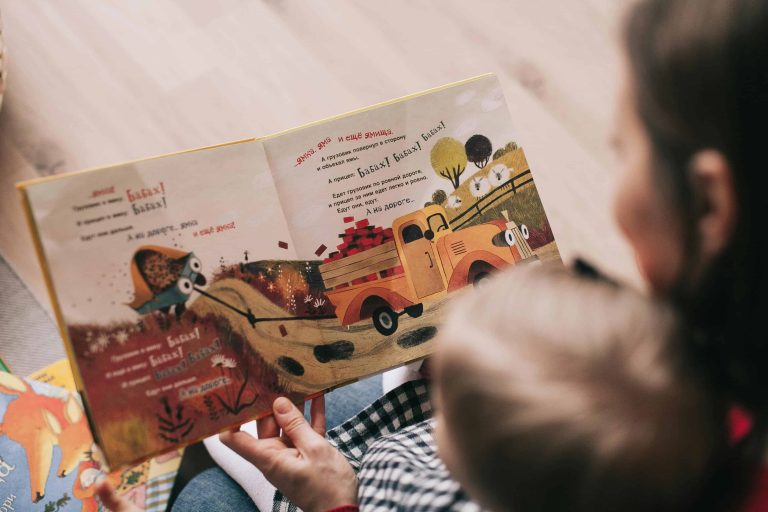Exploring the Rich Tapestry of Children’s Literature in Portugal
Children’s literature serves as a cornerstone in molding youthful perspectives, nurturing imaginative faculties, empathy, and analytical abilities. In Portugal, this literary realm is intricately woven with the tapestry of the nation’s cultural legacy, presenting a distinct fusion of narrative and heritage. Through these stories, children not only embark on imaginative journeys but also connect deeply with their cultural roots, fostering a sense of identity and appreciation for tradition.
History of Children's Literature in Portugal
Early Development (up to 19th century)
Portuguese children’s literature traces its origins to the rich tapestry of oral tradition, where folktales, fables, and songs were passed down through generations. These narratives, often infused with moral lessons, served as a means of entertainment and education. Moreover, religious texts played a significant role in shaping early literary discourse.
The 19th and 20th Centuries
The 19th and 20th centuries witnessed the emergence of formal children’s books in Portugal. With an increasing emphasis on education, authors began crafting stories specifically tailored for young readers. These narratives often carried moral undertones, seeking to instill values of integrity, courage, and kindness. Prominent figures such as Sophia de Mello, Breyner Andresen, and José Saramago rose to prominence during this period, leaving an indelible mark on Portuguese children’s books.
The 21st Century
In the 21st century, Portuguese children’s literature underwent a transformation, with a growing emphasis on artistic quality and diverse themes. The authors began exploring a myriad of topics, ranging from cultural identity to environmental awareness, reflecting the evolving landscape of society. This newfound creativity garnered international recognition, solidifying Portugal’s position on the global literary stage.
Themes in Portuguese Children's Literature
Folktales and Legends
Portuguese children’s books draw inspiration from the country’s rich folklore and mythology, weaving captivating tales of heroes, monsters, and enchanted realms. These stories not only entertain but also serve as a means of preserving cultural heritage for future generations.
Cultural Identity and History
Exploring Portugal’s vibrant past and traditions, children’s literature delves into themes of cultural identity, heritage, and national pride. Through captivating narratives, young readers embark on a journey through time, gaining insights into the country’s diverse tapestry of customs and traditions.
Family and Social Issues
From tales of friendship and belonging to stories addressing social issues, Portuguese children’s books navigate the complexities of human emotions and relationships. By tackling themes such as empathy, resilience, and acceptance, these narratives empower young readers to navigate life’s challenges with courage and compassion.
Environmental Awareness
In an age of increasing ecological awareness, Portuguese children’s literature shines a spotlight on the importance of nature and environmental stewardship. Through enchanting stories and vibrant illustrations, young readers are inspired to cherish and protect the natural world around them.
Key Contributors to Portuguese Children's Literature
Prominent Authors
- Sophia de Mello Breyner Andresen: Renowned for her poetic prose and enchanting storytelling, Andresen’s works, such as “A Menina do Mar” (The Sea Girl), continue to captivate young readers worldwide.
- José Saramago: While primarily known for his adult fiction, Saramago’s foray into children’s literature with books like “A Maior Flor do Mundo” (The Biggest Flower in the World) showcases his versatility as a writer.
Prominent Illustrators
- Manuela Bacelar: Considered a pioneer in the field, Bacelar’s work is known for its modern, dreamlike quality. She often uses mixed media and a focus on intertextuality, where illustrations reference other works, to create a rich visual experience for readers
- André Letria: A versatile illustrator and author, Letria’s work is known for its humor and wit. He uses a variety of styles and techniques to create engaging visuals that complement the stories he tells.
Conclusion
In conclusion, Portuguese children’s literature embodies a profound connection to cultural heritage, nurturing young minds with captivating narratives steeped in tradition. From the rich oral traditions of the past to the modern exploration of diverse themes, this literary realm continues to evolve, enriching the imaginative landscapes of children while instilling values of empathy, resilience, and environmental stewardship. Through the contributions of esteemed authors and illustrators, Portugal’s literary legacy remains vibrant and globally acclaimed, shaping generations to come.
Uncover the hidden gems of Portuguese speculative fiction, where ancient myths blend seamlessly with futuristic visions, promising a journey beyond the realms of imagination.











